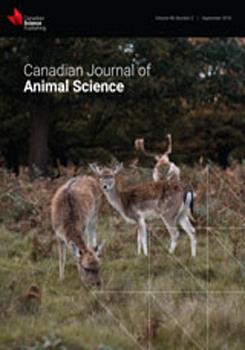Structural bone depletion over the course of lay cycle predisposes hens to skeletal problems. We investigated the effects of dietary calcium (Ca) and top-dressed 25-hydroxy vitamin D3 (25OHD3) on attributes [relative weight, ash content (AC), and ash concentration (ACN)] in whole ulna, femur, tibia, and subparts of femur and tibia (epiphysis, medullary, and cortical) in 74-wk-old Lohmann LSL-lite layers. Four levels of Ca (3.0%, 3.5%, 4.0%, and 4.5%) and three levels of 25OHD3 (0, 69, and 138 μg kg−1) were tested. All diets had basal level of 3300 IU of vitamin D3 kg−1. Eighty-four, 74-wk-old hens were placed in individual cages, and 13 spare hens were sacrificed for baseline samples. Diets (n = 7) were fed to 81 wks of age, and hens were sacrificed for bone samples. There were no (P > 0.05) diet effects on whole bone attributes. Interaction (P < 0.05) between Ca and 25OHD3 on femur subparts was such that 25OHD3 linearly increased medullary ACN and concomitantly decreased cortical ACN at all Ca levels. In tibia, 25OHD3 (P < 0.05) increased AC and ACN in medullary and reduced these parameters in cortical. The results suggested that subparts and not whole medullary bone attributes are more amenable to dietary interventions in aged hens.
How to translate text using browser tools
26 July 2018
Medullary bone attributes in aged Lohmann LSL-lite layers fed different levels of calcium and top-dressed 25-hydroxy vitamin D3
R. Akbari Moghaddam Kakhki,
T. Heuthorst,
A. Wornath-Vanhumbeck,
M. Neijat,
E. Kiarie
ACCESS THE FULL ARTICLE
It is not available for individual sale.
This article is only available to subscribers.
It is not available for individual sale.
It is not available for individual sale.
25-hydroxy vitamin D3
aged hens
bone health
calcium





